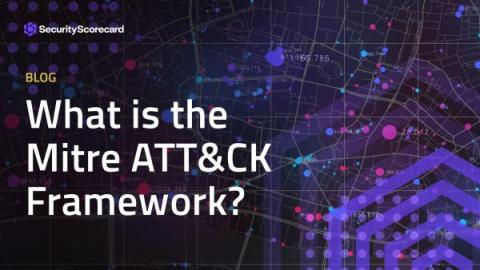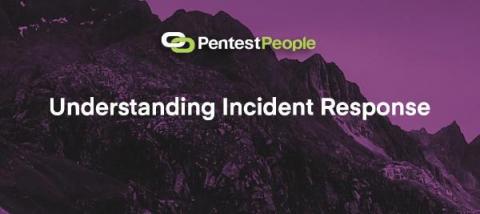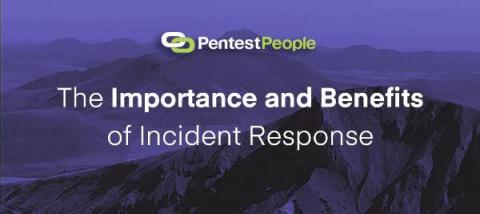What is the difference between incident response & threat hunting?
When it comes to protecting data in an evolving threat landscape, two common strategies are at the forefront: incident response and threat hunting. While both processes can safeguard an organization's data, their approaches, objectives, and execution differ significantly. Understanding the differences between the two strategies is critical for organizations aiming to.











